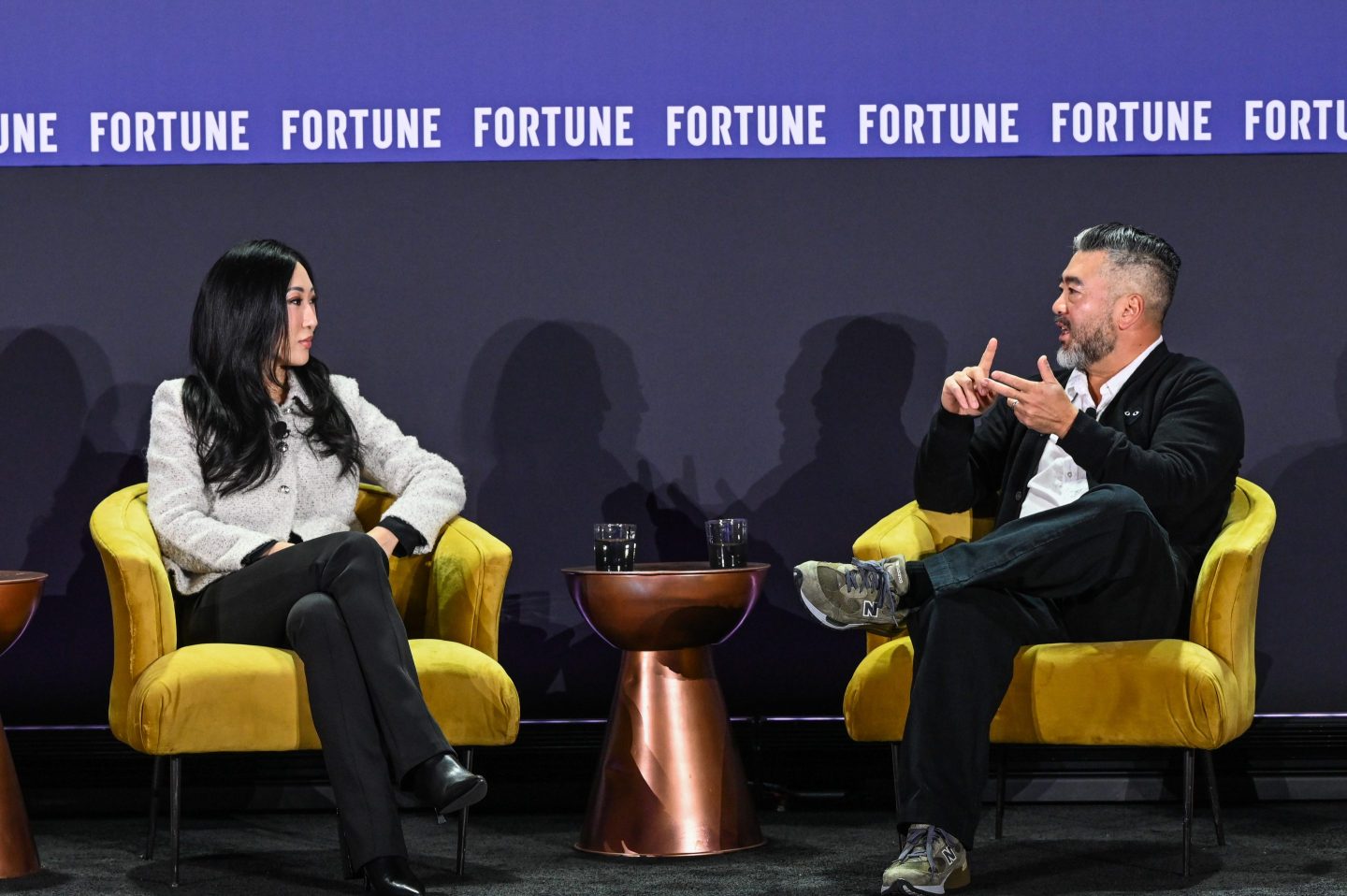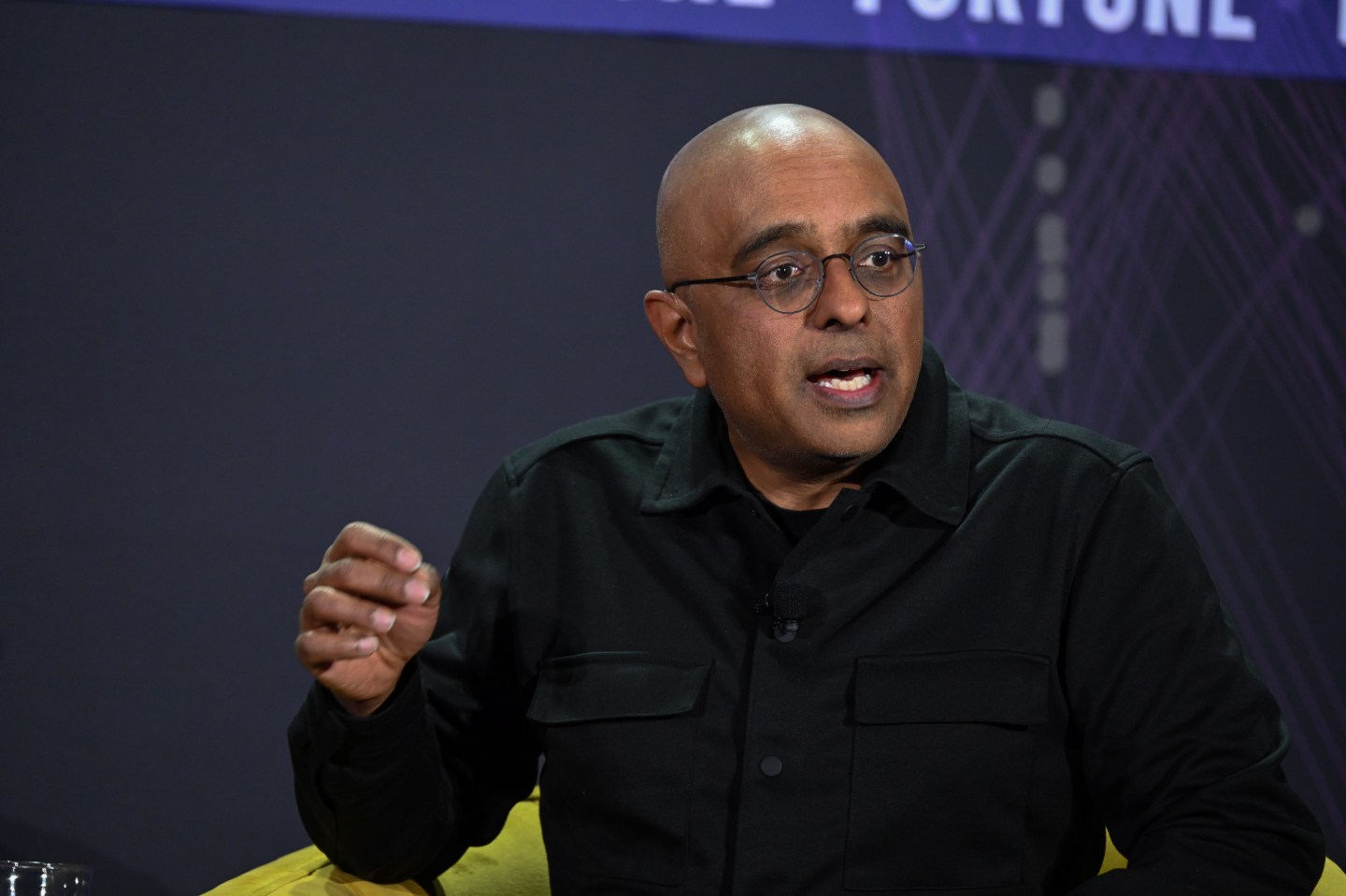The enhanced focus on DEI post-George Floyd sparked a flurry of race and ethnicity target setting. But the hiring slowdown that’s since emerged has hampered those representation efforts. Companies can no longer hire their way to diversity, prompting employers to pivot to inclusion.
The business case for inclusion, at face value, can seem like a harder sell. Representation is concrete, tangible, and such wins are more easily measurable. For instance, a 25% increase in Hispanic representation at the executive rank. Inclusion, however, is more nebulous and sometimes ill-defined, making it challenging to tie related metrics to broader business goals. But companies that fail to set and communicate clear metrics around inclusion and support those ambitions with specific initiatives and programs could leave money on the table and see larger talent ramifications, according to a new report from Bain & Company.
“Inclusion is critical for enabling and enhancing and sustaining diversity outcomes. But it’s got a broader applicability to business outcomes and all talent pools,” says Julie Coffman, a partner and chief diversity officer at the global management consulting firm.
Bain’s survey of more than 6,000 employees across four countries found that employees at companies that have intentionally invested in inclusion since 2020 are three times more likely to feel fully included than those who have not seen such investment from their employers. Employees who feel included—which Coffman defines as feeling trusted, valued, rewarded, listened to, challenged, respected, and in an environment where they can freely take smart risks—are better able to operate at their highest potential, unlocking and igniting the creativity and problem-solving capacity needed to drive superior business results.
Diversity is undoubtedly important. But without inclusion, its benefits are severely constrained. Bain’s data found that highly diverse teams double a company’s capacity for innovation, while teams that are just highly inclusive without being diverse increase innovative capacity threefold. Those figures are certainly nothing to scoff at, but take it a step further, and the data shows the multiplier rises to four when teams are both diverse and inclusive.
It’s worth emphasizing that inclusion must be intentional. In practice, that requires companies to hone in on different population groups, assessing what’s needed from an affinity group perspective or the systems and processes that need revamping so all employees feel they’re on an even playing field and can grow and prosper in the organization.
One of the report’s key takeaways is the importance of selectively bolstering investments for utmost business impact. In other words, looking beyond marginalized demographics and zeroing in on specific teams, roles, or functions where inclusion and the myriad benefits it generates can maximize profitability. That includes departments like call centers where frontline employee interactions with diverse customers may help generate new ideas for improving customer experience. Other functions where inclusion can exert positive influence include research and development (R&D) or marketing teams to maximize innovation and problem-solving skills and better resonate with a broader population set.
Imagine a new product launch team that incorporates R&D specialists, marketers, technologists, and customer care experts. “It’s a heterogeneous team coming together to bring a product to launch, and they bring with them different lived experiences, backgrounds, ages, and potentially ethnic and racial identities. But they might not be used to working together,” Coffman says. That’s where inclusion flexes its muscle. “If the leadership structure around that team prioritizes inclusion investments upfront and makes all those people feel trusted, valued, and like they can respectfully challenge each other, you’re going to get a better work product, a faster timeline, and all the benefits of a more high-functioning team.”
Ruth Umoh
@ruthumohnews
ruth.umoh@fortune.com
What’s Trending
No X-cuses. The nonprofit anti-hate group Elon Musk sued earlier this year released a report Tuesday alleging the platform has systematically failed to remove anti-semitic, anti-Palestinian, and anti-Muslim content. Ninety-eight percent of 200 tweets that it flagged to X, formerly known as Twitter, were still posted two weeks later. Fortune
Designing diversity. Kimberly Dowdell will become the first Black woman president of the American Institute of Architects next month—the first in its 166-year history. Black Americans make up 13.6% of the U.S. population but just 1.8% of licensed architects, while Black women make up less than one-half of 1%. NYT
Take cover. Over half of employees “cover” or downplay the marginalized parts of their identity to assimilate into mainstream corporate cultures, including white men. “As a white man, I try to avoid sharing any ‘struggles,’” one survey respondent writes. Fast Company
The Big Think
A new study suggests that Black women who work in predominantly white teams may have worse job outcomes. Researchers from Harvard University, Boston University, and MIT studied 9,037 inexperienced new hires in a large, elite professional services firm from 2014 to 2020, focusing on retention and promotion rates. Black women were the only demographic whose turnover and promotion rates were significantly affected by the racial identity of their coworkers. Black women saw a 10.6 percentage point increase in turnover when there was a 14 percentage point increase in the share of white colleagues.
This is the web version of raceAhead, our weekly newsletter on race, culture, and inclusive leadership. Sign up for free.











